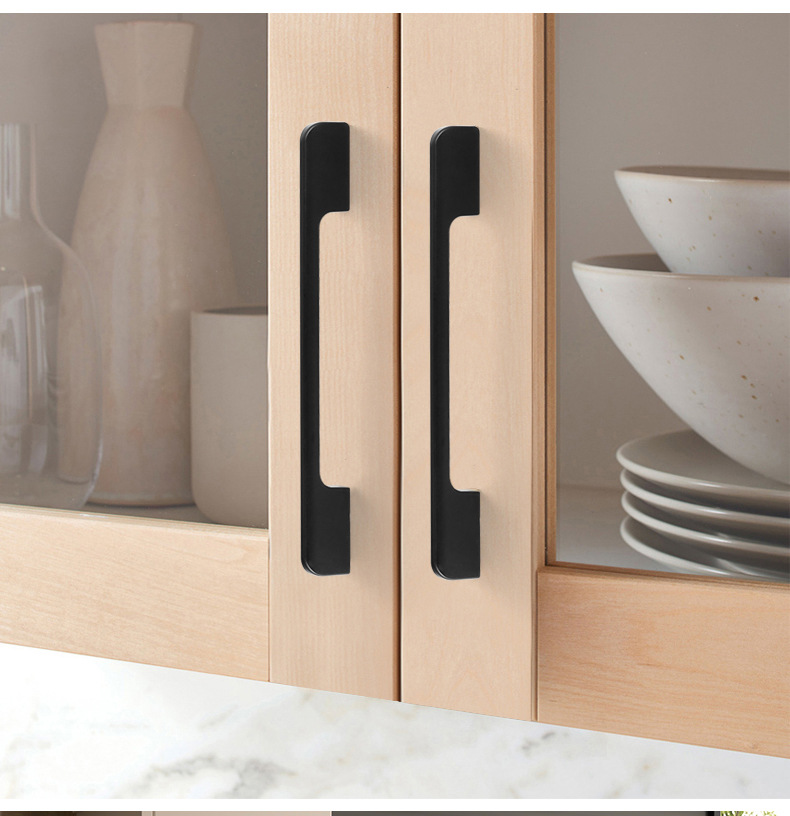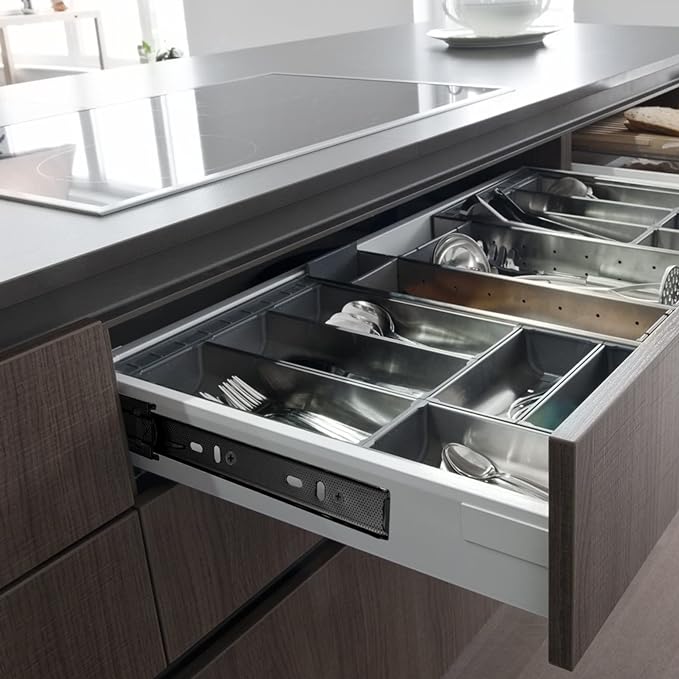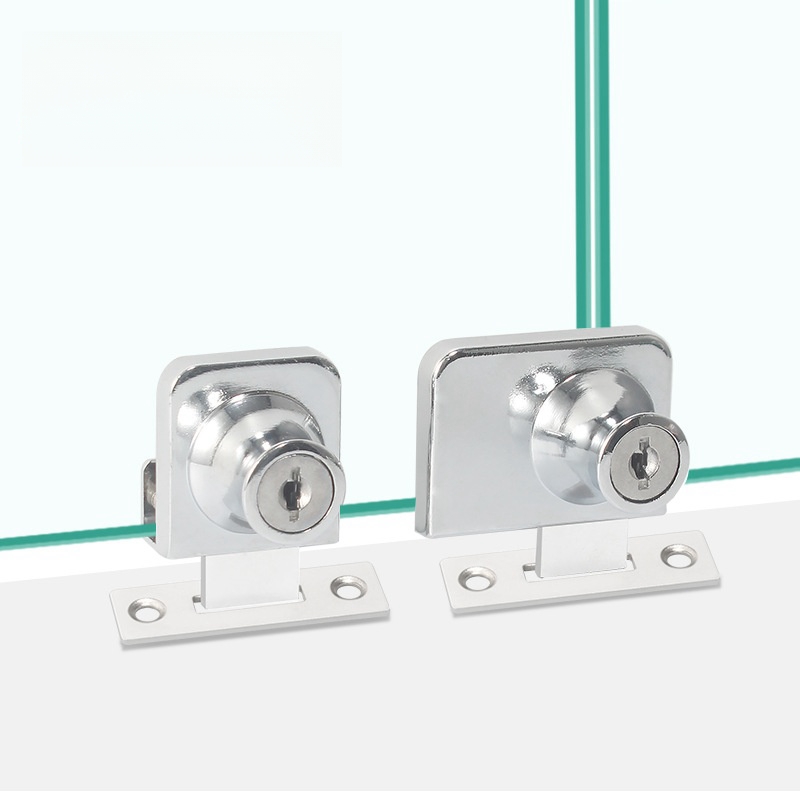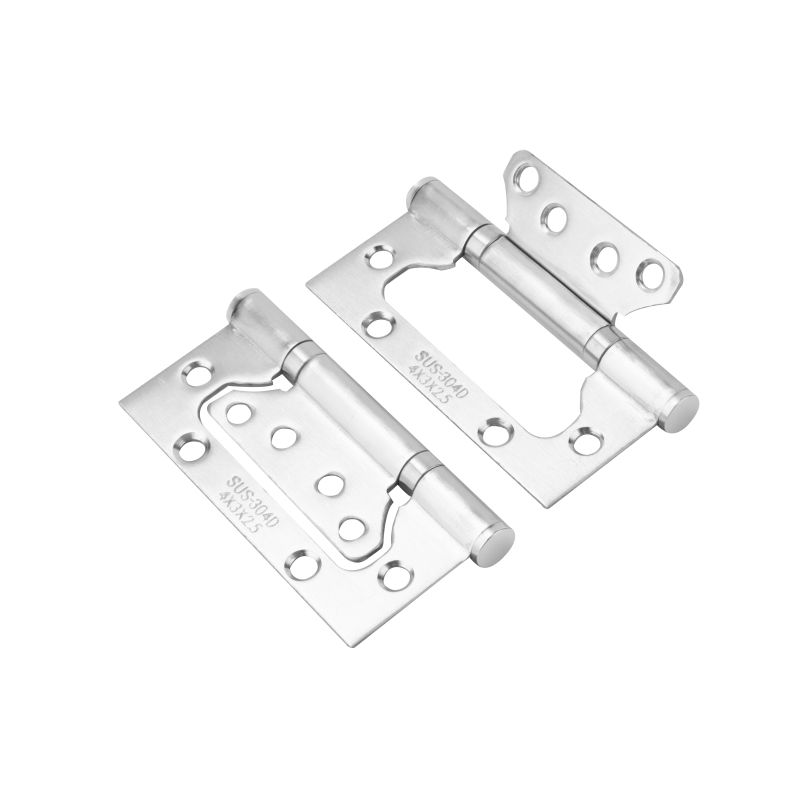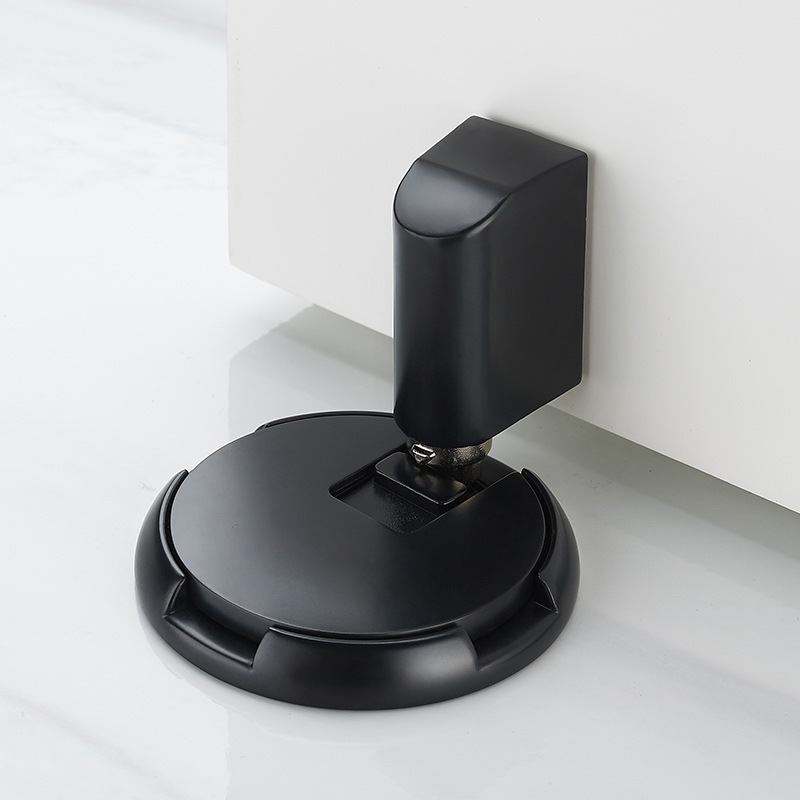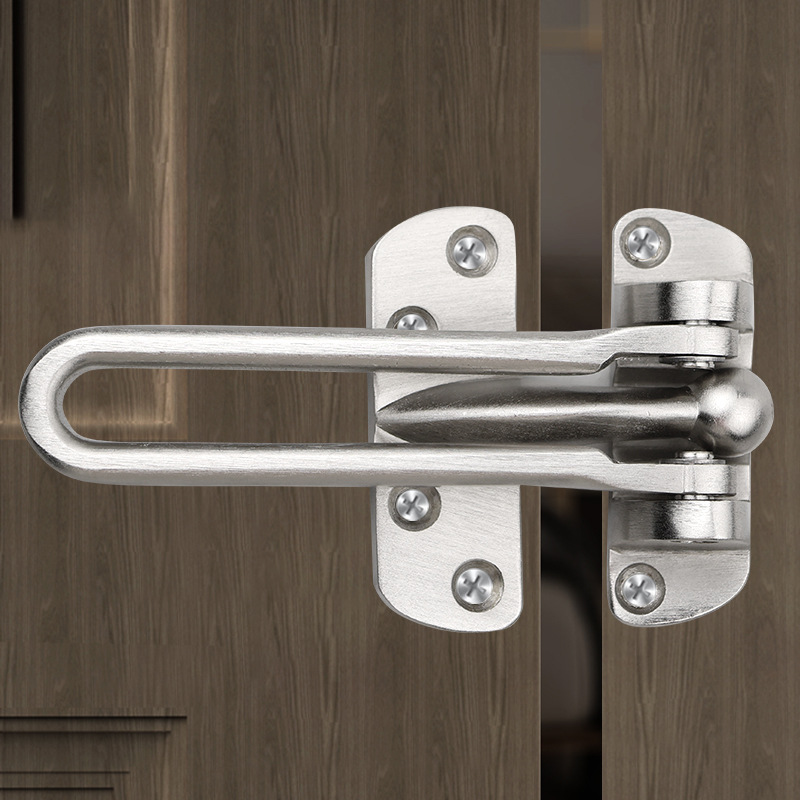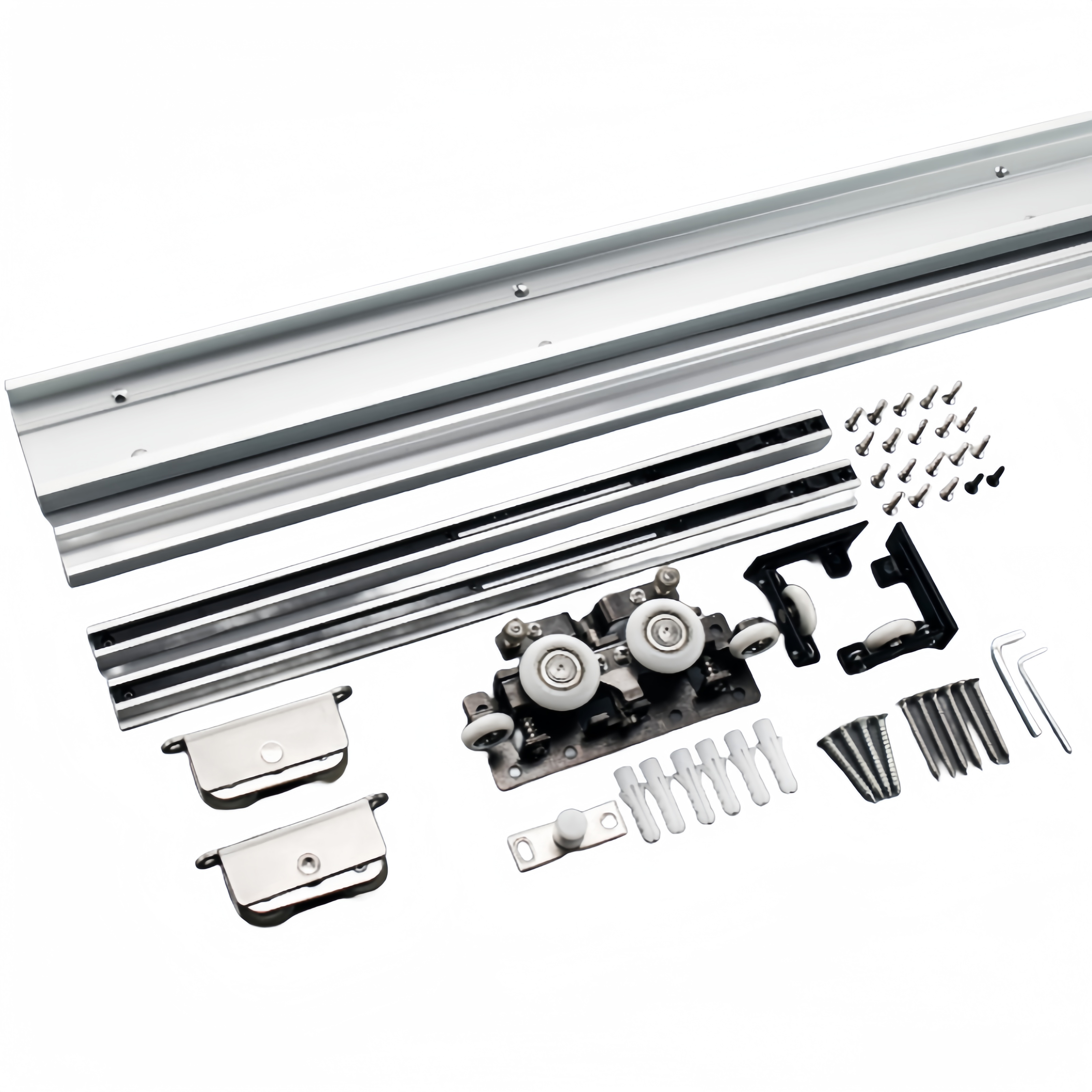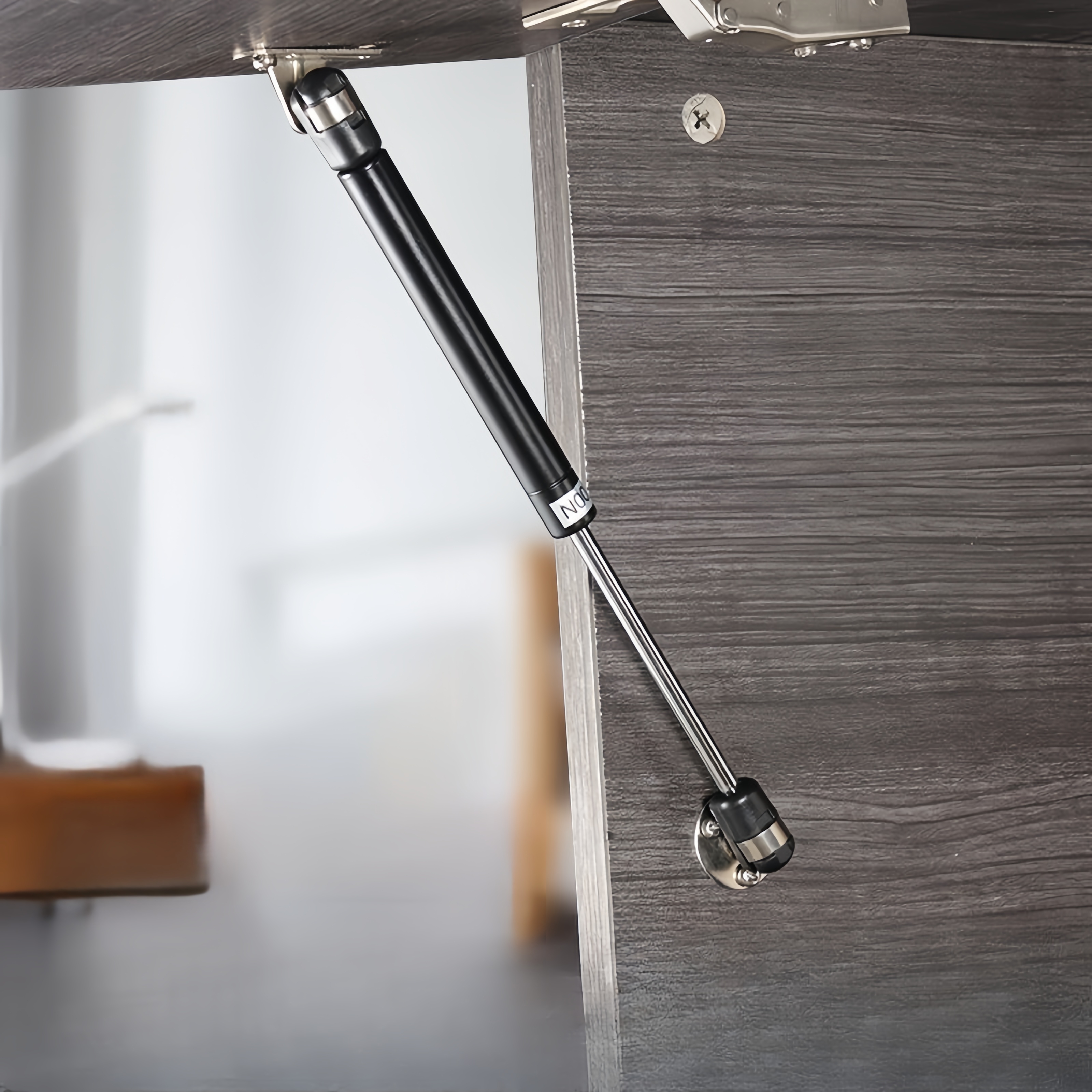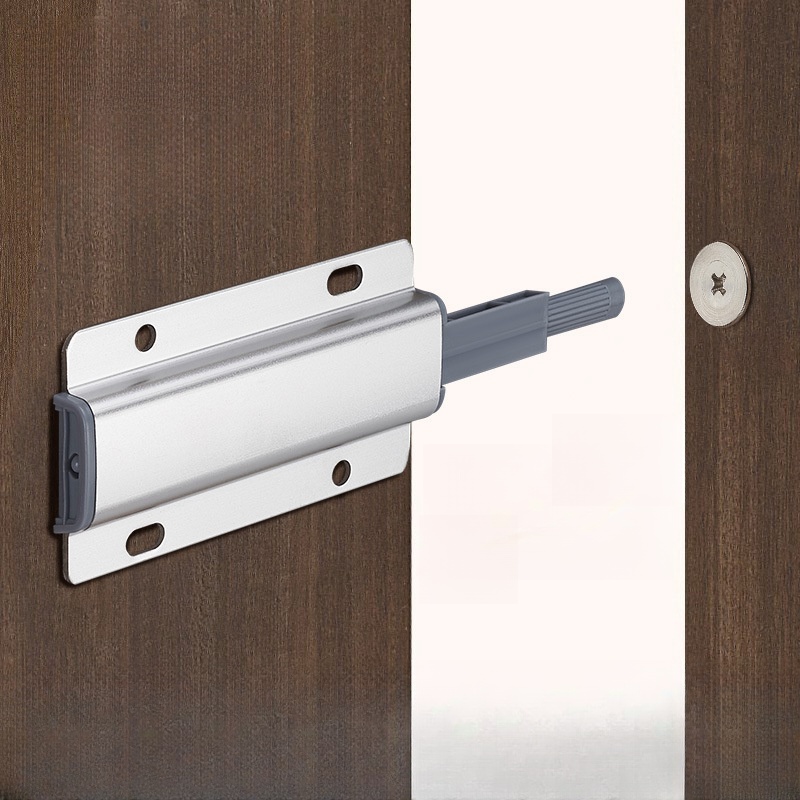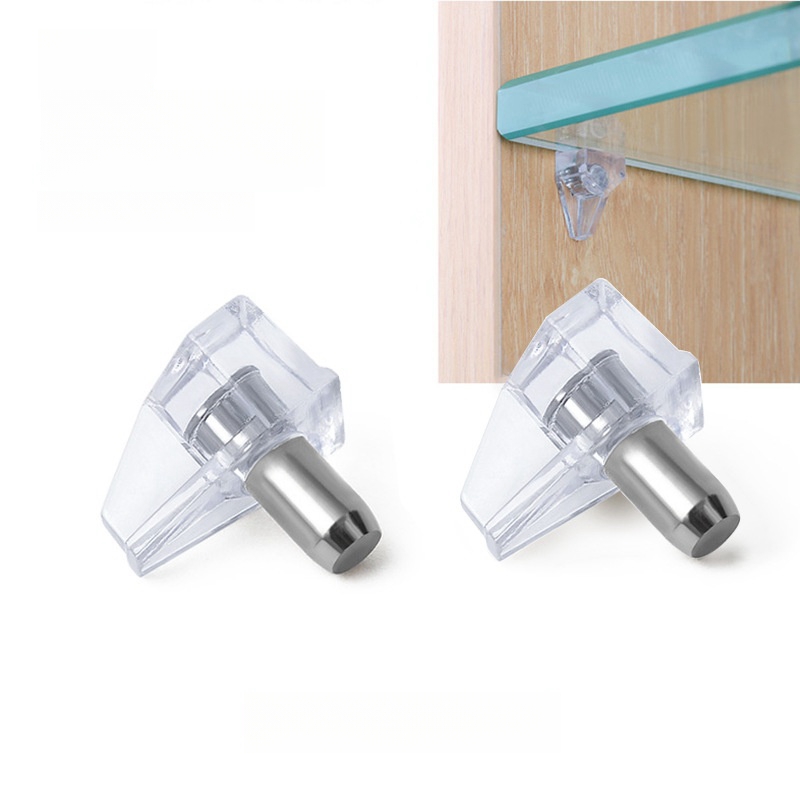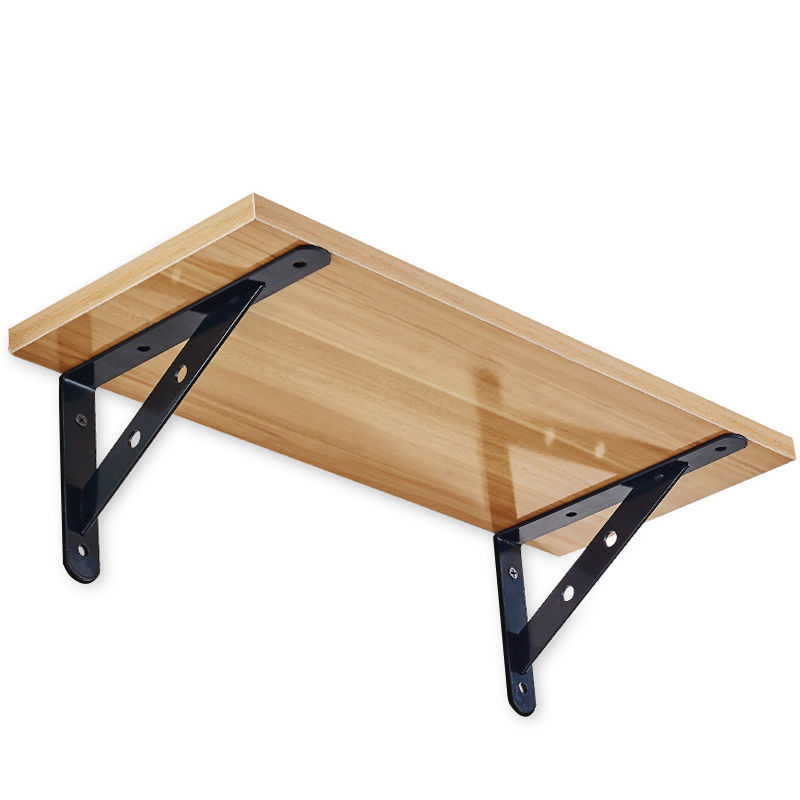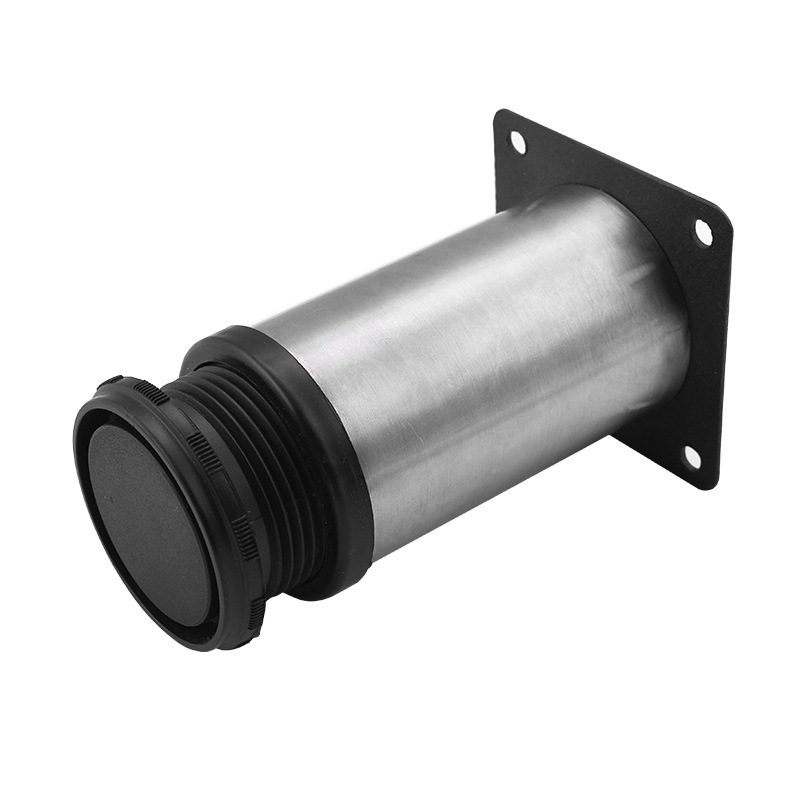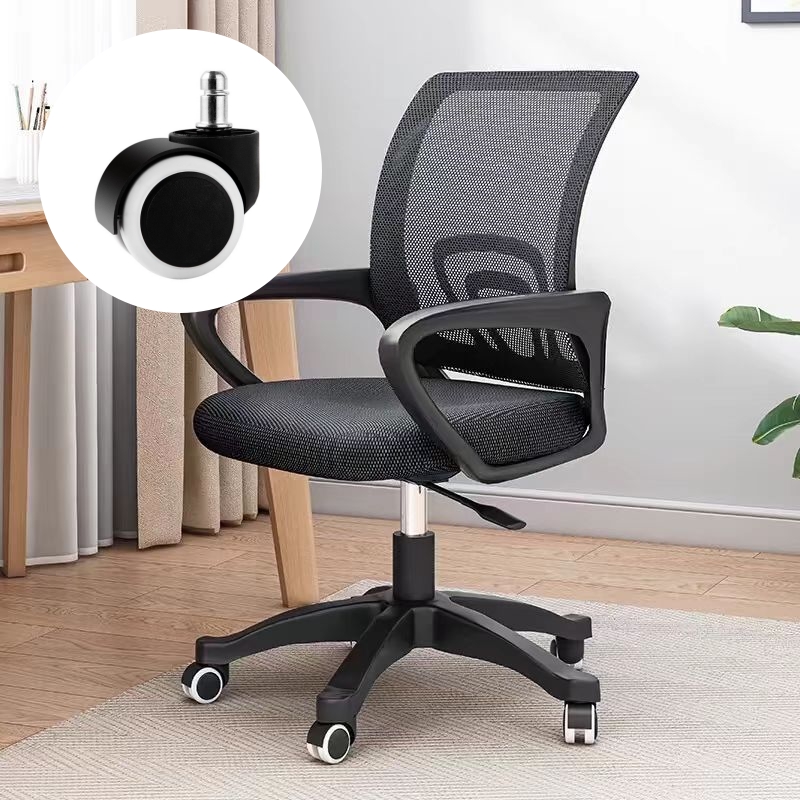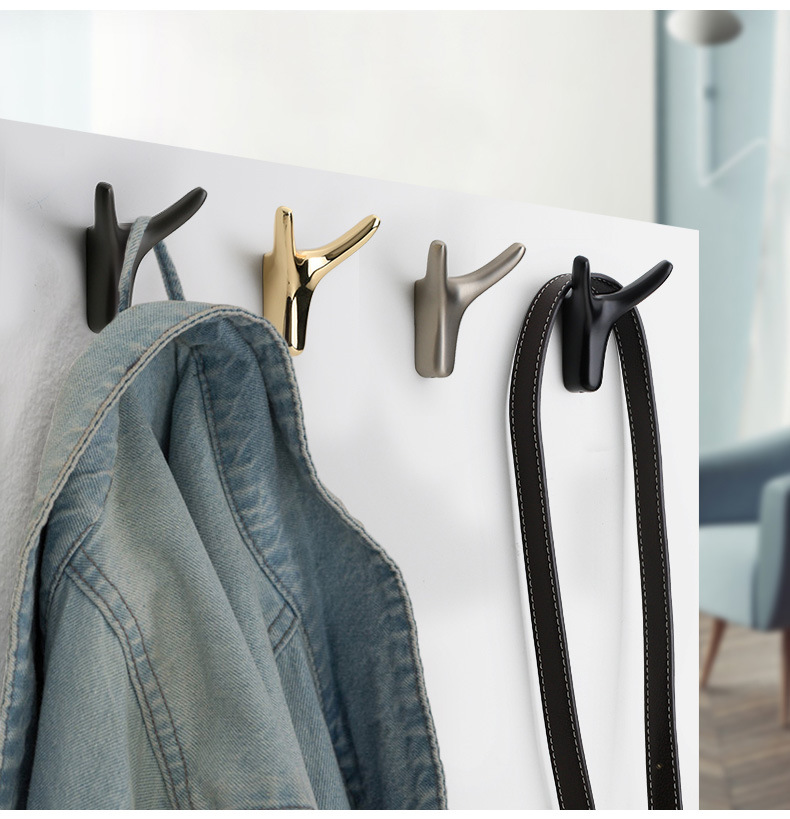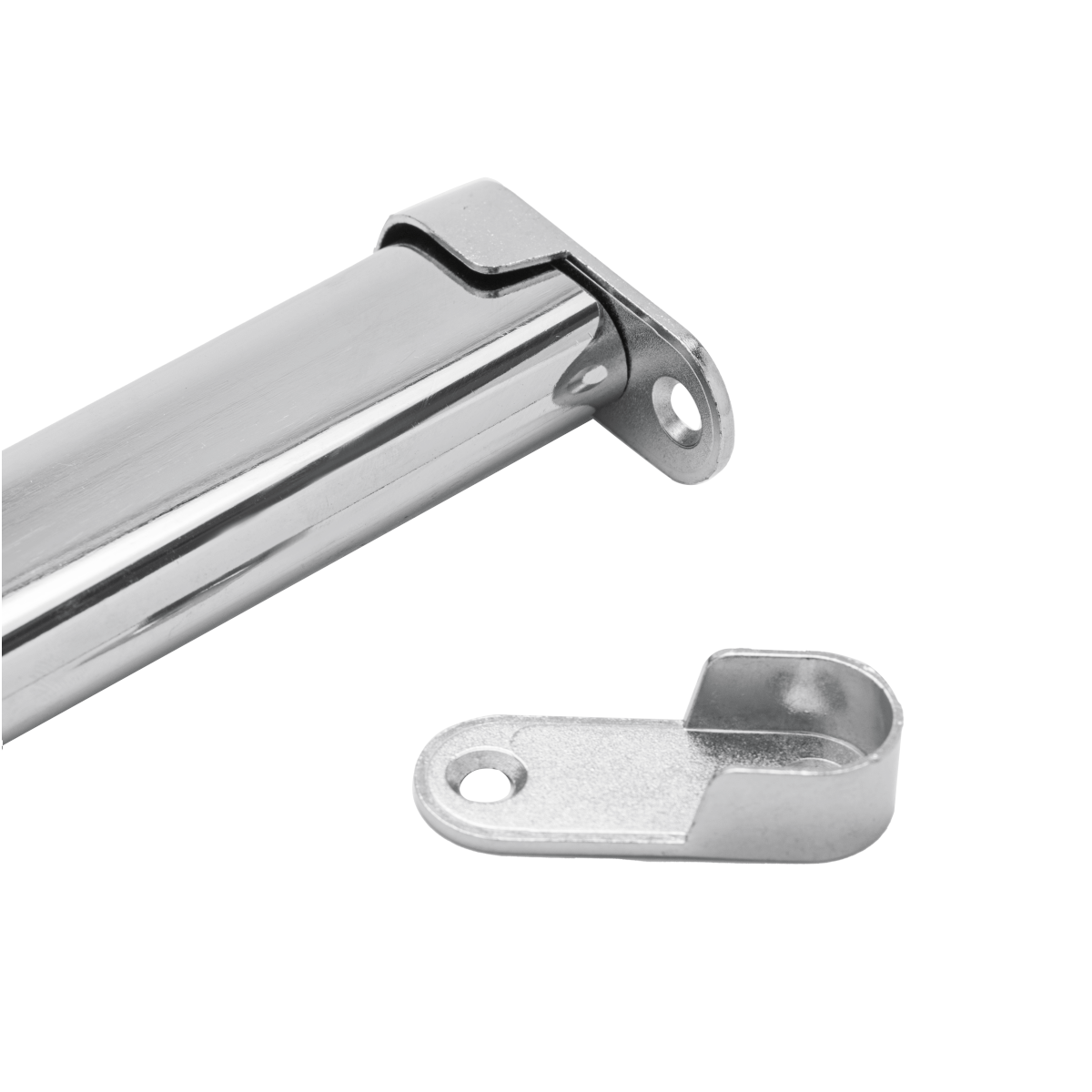
ABOUT
Guangzhou Toplink hardware Co., Ltd specialized in the production and export of furniture hardware fittings, with an experience of more than 14 years.
Our main products are drawer locks, cabinet hinges, sliding rails, cabinet handles, casters, cabinet legs and connecting fittings etc..
With a complete range of products, excellent performance and reasonable prices we have built up business with many customers all over the world.
We are committed to strict quality control and considerate customer service. We sincerely looking forward to becoming your best choice and the most reliable partner!
PRODUCTS
door latch stuck open
Understanding the Mechanism of a Door Latch
Before tackling a stuck-open door latch, it's crucial to understand the basic mechanics involved. Most door latches consist of a few key components: the latch bolt (the metal piece that extends into the door jamb), the strike plate (the metal plate on the door jamb that receives the latch bolt), and the handle mechanism (which retracts the latch bolt allowing the door to open). These components work in concert, a carefully choreographed dance of precision engineering. When one component malfunctions, the entire system breaks down, resulting in the latch remaining stubbornly open. This malfunction can stem from a variety of reasons, from simple wear and tear to more complex mechanical issues.
The latch bolt itself can become misaligned, bent, or even broken, preventing it from fully engaging with the strike plate. The strike plate might become loose or damaged, creating a gap that the latch bolt can't fully penetrate. The handle mechanism, including the internal springs and linkages, could be worn down or jammed, preventing the latch bolt from retracting properly. Furthermore, external factors such as extreme temperatures, humidity, or even forceful impacts can contribute to the problem. Understanding these potential points of failure is the first step toward effective troubleshooting.
Identifying the Cause of the Stuck Latch
Pinpointing the exact cause of a stuck-open door latch is essential for effective repair. Start by visually inspecting the latch mechanism. Look closely at the latch bolt itself – is it bent or damaged? Does it extend fully into the strike plate when the door is closed? Examine the strike plate for any signs of damage, looseness, or misalignment. Is it securely fastened to the door jamb? Is there enough clearance for the latch bolt to fully engage? Pay attention to any gaps or misalignments.
Next, carefully inspect the door handle and its mechanism. Try operating the handle several times – is there any resistance or unusual sounds? Does the handle feel loose or wobbly? If the handle mechanism feels stiff or sluggish, it could indicate internal damage or wear. Sometimes, debris or foreign objects can obstruct the mechanism, preventing proper operation. A thorough cleaning might be all that's necessary to restore functionality. If the latch is on an exterior door, check for any signs of forced entry or tampering. This is particularly important if the latch mechanism seems damaged beyond simple wear and tear.
Troubleshooting and Repairing the Stuck Latch
Once you've identified the likely cause, you can begin the troubleshooting process. For minor issues like a loose strike plate, simply tightening the screws might be sufficient. Ensure that the screws are firmly secured and that the strike plate is properly aligned with the latch bolt. If the latch bolt is slightly bent, you might be able to gently straighten it using pliers, but be careful not to cause further damage. A bent or damaged latch bolt might require replacement.
If the problem lies with the handle mechanism, lubricating the moving parts with a silicone-based lubricant can often solve the issue. Apply the lubricant sparingly, working it into the moving parts to reduce friction. If the lubrication doesn't resolve the problem, it's possible that the internal components of the handle mechanism are damaged and require replacement. In such cases, it's best to consult a qualified locksmith or handyman. For more complex issues, such as a broken latch bolt or a severely damaged strike plate, replacing the entire latch assembly is usually the most effective solution. This might require some basic carpentry skills or the assistance of a professional.
Prevention and Maintenance
Preventing a stuck-open door latch is far easier than dealing with the consequences. Regular maintenance is key. Periodically inspect your door latches, checking for loose screws, damaged components, and any signs of wear and tear. Lubricating the moving parts with silicone spray lubricant will reduce friction and prolong the life of the latch mechanism. Avoid using excessive force when operating the door handle. If you notice any resistance or difficulty, address the issue immediately rather than forcing the mechanism.
Keeping the door and surrounding area clean will prevent dirt and debris from interfering with the latch mechanism. Regular cleaning and lubrication should be incorporated into routine home maintenance. By paying attention to the condition of your door latches and taking preventative measures, you can significantly reduce the likelihood of encountering this common but frustrating problem. Remember, a well-maintained door latch not only ensures smooth operation but also contributes to the overall security and safety of your home.
When to Call a Professional
While many stuck-open door latch problems can be solved with simple DIY repairs, there are instances when professional help is necessary. If you're unsure about the cause of the problem, or if you're uncomfortable attempting repairs yourself, it's best to call a qualified locksmith or handyman. Attempting complex repairs without the proper knowledge and tools could potentially worsen the problem and lead to additional costs.
A professional will have the expertise and tools to diagnose the issue accurately and perform the necessary repairs efficiently. They can also assess the security implications of a malfunctioning latch and ensure that your door remains secure. If the latch is on an exterior door, particularly if there are signs of forced entry, it's crucial to contact a professional immediately to address both the functional and security aspects of the problem. Don't hesitate to seek professional help; it's better to err on the side of caution when it comes to home security.
SUBSCRIBE
INQUIRY
